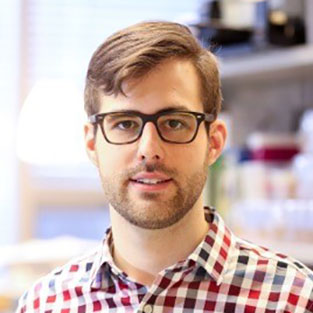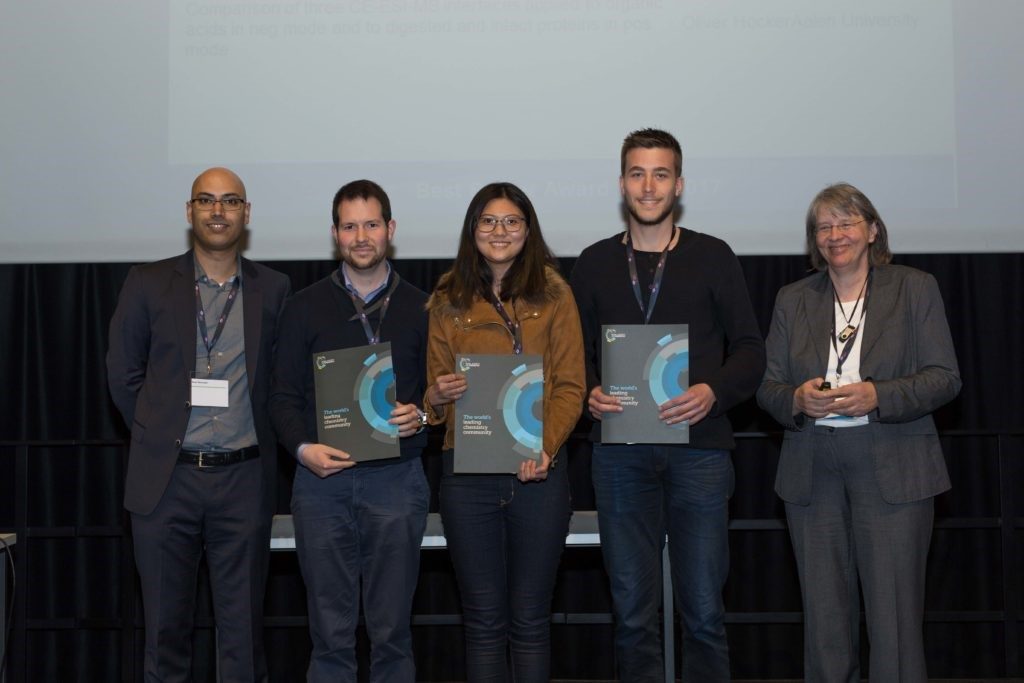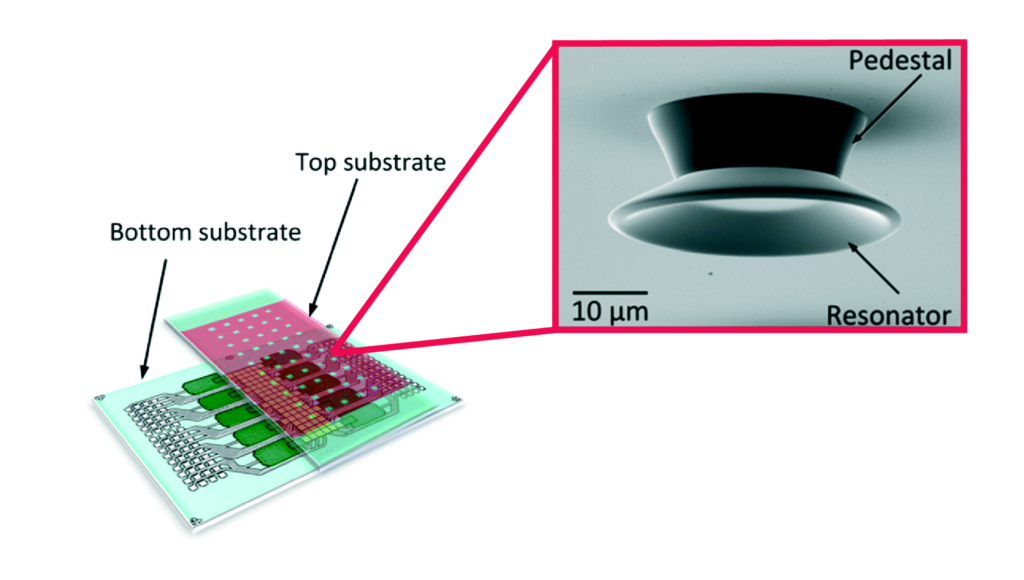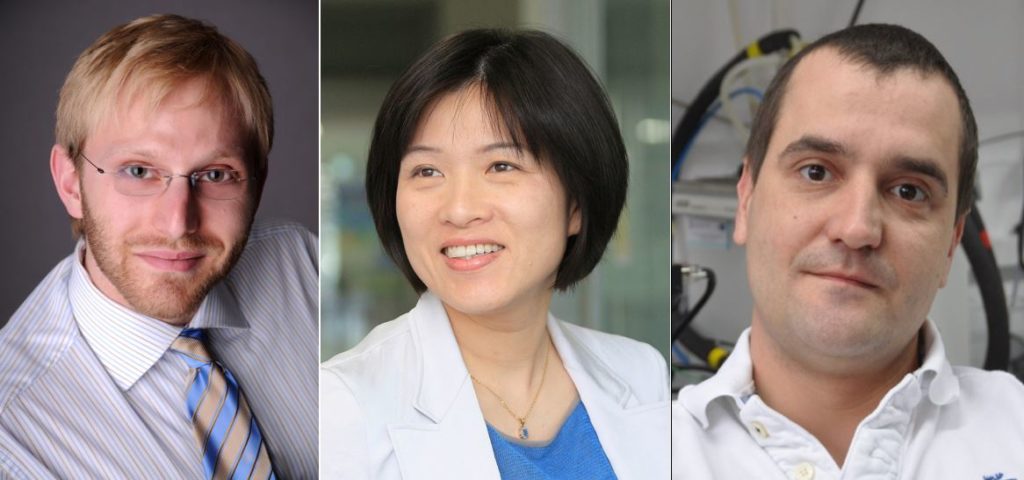The µTAS 2017 Conference will feature the 10th Art in Science competition entitled ‘Under the Looking Glass: Art from the World of Small Science‘, sponsored and supported by National Institute of Standards and Technology, Lab on a Chip, MicroTAS and the Chemical and Biological Microsystems Society.
Deadline 23rd October 2017 at 23:59 Honolulu, Hawaii, USA time
Since the earliest publications of the scientific world, the aesthetic value of scientific illustrations and images has been critical to many researchers. The illustrations and diagrams of earlier scientists such as Galileo and Da Vinci have become iconic symbols of science and the scientific thought process.
In current scientific literature, many scientists consider the selection of a publication as a “cover article” in a prestigious journal to be very complimentary.
Are you attending the µTAS 2017 Conference?
Would you like your image to be featured on the cover of Lab on a Chip?
Would you like to win a financial reward?
To draw attention to the aesthetic value in scientific illustration while still conveying scientific merit, NIST, LOC and CBMSare sponsoring this annual competition. Applications are encouraged from authors in attendance of the µTAS Conference and the winner will be selected by a panel of judges.
Applications must show a photograph, micrograph or other accurate representation of a system that would be of interest to the µTAS community and be represented in the final manuscript or presentation given at the Conference.
They must also contain a brief caption that describes the illustration’s content and its scientific merit. The winner will be selected on the basis of aesthetic eye appeal, artistic allure and scientific merit. In addition to having the image featured on the cover of Lab on a Chip, the winner will also receive a financial prize at the Conference.
Art in Science Competition Submission Process
Step 1. Sign-In to the Electronic Form Using Your Abstract/Manuscript Number
Step 2. Fill in Remaining Information on Electronic Submission Form
Step 3. Upload Your Image
Good Luck!
You can also take a look at the winners from last year on our blog.
















